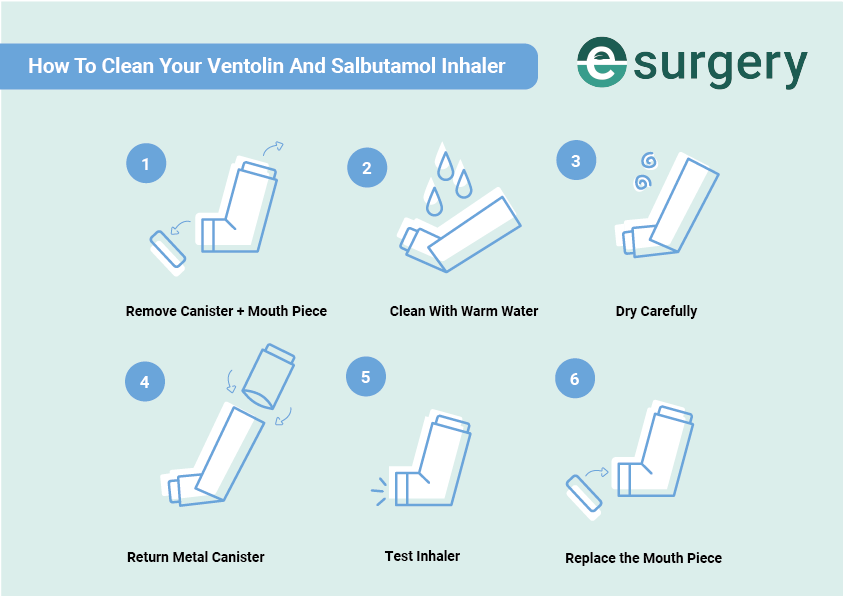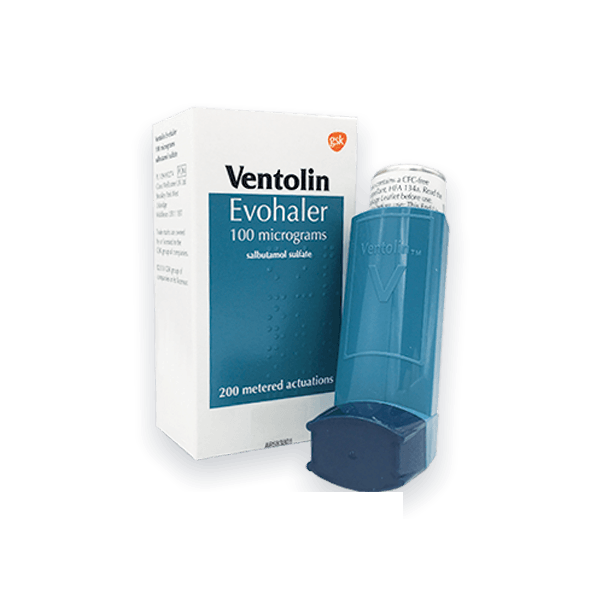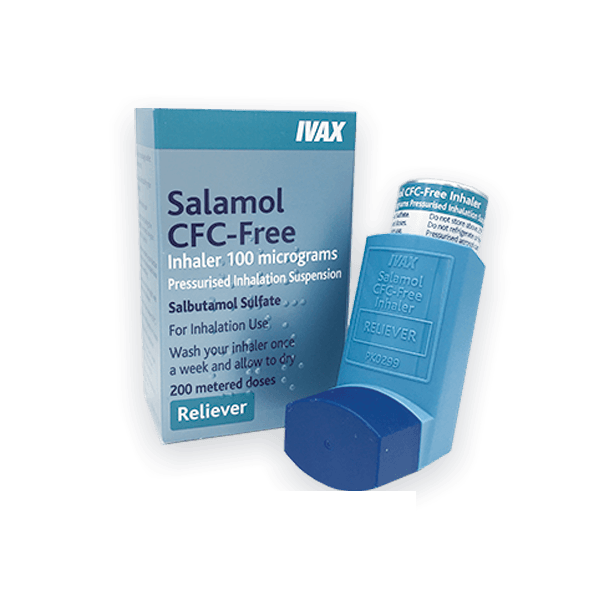It’s a real problem.
Studies show that over 47% of patients don’t clean their inhalers properly. This can impact the dose of the medication administered by the inhaler and have a detrimental effect on your health. It can also lead to the early failure of your metered-dose inhaler, meaning you run out much sooner than you expected.
Why Should I Be Keeping My Inhaler Clean?
The last thing you want when you’re out of breath and need to use your inhaler is a mouthful of dust! If an inhaler isn’t cleaned regularly, it can build up with dust over time. Eventually it can lead to blockages in the inhaler, which can dramatically reduce its effectiveness. That’s a hazard for your health, as it means you could be facing an asthma attack without proper relief. The bad news is that inhalers aren’t self-cleaning! You may be wondering how to clean your inhaler, and you may be unsure how often you should be cleaning it. Well, take a deep breath and relax as we take you through the simple steps of cleaning your inhaler.
Read Your Inhaler Patient Information Leaflet
Inhalers will typically come packed with their relevant information leaflets. These leaflets give you instructional information about how to use them, side effects and cautions, and a cleaning guide for your inhaler. The cleaning guide is typically found under the ‘How to Use’ section in your leaflet. It’s important to read this as it will give you the most specific information available about how to keep your inhaler clean.
Not all inhalers are the same, so if any cleaning steps we give are different to the cleaning steps in your leaflet, you should always follow the leaflet cleaning steps.
Cleaning a Ventolin or Salbutamol Inhaler
1. Take out the metal canister from the blue plastic Ventolin inhaler casing and remove the mouthpiece cover.
2. Clean the blue plastic Ventolin inhaler casing thoroughly under warm running water. DO NOT: Let the metal canister come into contact with water.
3. Dry the blue plastic Ventolin casing thoroughly, outside and inside.
4. Place the metal canister back into the blue plastic Ventolin casing.
5. Test the blue Ventolin inhaler now by releasing a puff into the air.
6. Put the mouthpiece cover back on.

How Often Should I Be Cleaning My Inhaler?
It’s recommended that you clean your inhaler once a week to keep it in good working order. Particularly with reliever inhalers, you want access to a clean and working inhaler at any time.
How Should I Store My Inhaler?
Often people will keep their inhalers in a bathroom. But a bathroom can be a hot and wet environment, and may cause your Ventolin inhaler to become damp. You can avoid this by storing your inhaler in a cool, dry environment out of reach of any dirt, dust or foreign objects. Make sure to keep the protective cap on whenever it isn’t in use.
Further Reading
- Asthma | NHS
- Cleaning and Looking After Your Inhalers | Asthma UK
- Salbutamol | National Institute For Health And Care Excellence








